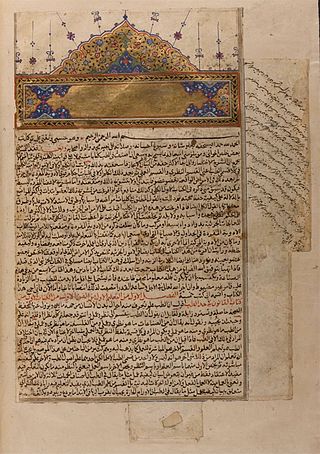
I like to think that these editions will be important for many decades to come, and, indeed, that they won’t altogether lose their value for centuries.
1.
The Proofs of Prophecy was published in 2012, in a dual-language edition featuring translation and annotations by Tarif Khalidi, who, at the time, occupied the Shaykh Zayid Chair in Islamic and Arabic Studies at the American University of Beirut in Lebanon.
2.
In 2009, we published The Physics of The Healing, by Avicenna or (in Arabic) Ibn Sina, in a two-volume bilingual edition created and annotated and with an introduction by Jon McGinnis, of the University of Missouri at St. Louis. Here is the online description of the work:
Avicenna’s Physics is the very first volume that he wrote when he began his monumental encyclopedia of science and philosophy, The Healing. Avicenna’s reasons for beginning with Physics are numerous: it offers up the principles needed to understand such special natural sciences as psychology; it sets up many of the problems that take center stage in his Metaphysics; and it provides concrete examples of many of the abstract analytical tools that he would develop later in Logic.
While Avicenna’s Physics roughly follows the thought of Aristotle’s Physics, with its emphasis on natural causes, the nature of motion, and the conditions necessary for motion, the work is hardly derivative. It represents arguably the most brilliant mind of late antiquity grappling with and rethinking the entire tradition of natural philosophy inherited from the Greeks as well as the physical thought of Muslim speculative theologians. As such, Physics is essential reading for anyone interested in understanding Avicenna’s complete philosophical system, the history of science, or the history of ideas.












